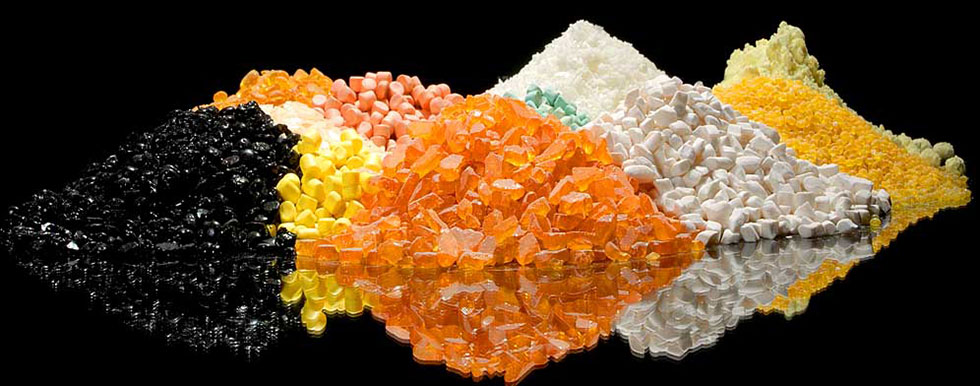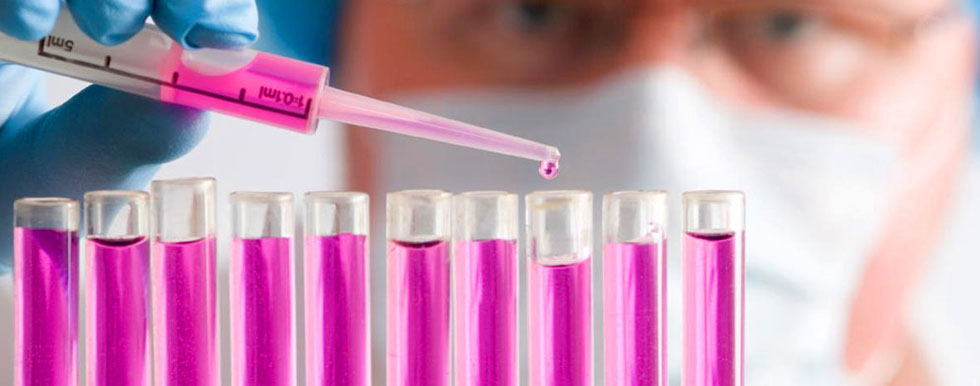Intermediates
Bromoform
Bromoform (CHBr3) is a pale yellowish liquid with a sweet odor similar to chloroform, a halomethane or haloform. Its refractive index is 1.595 (20 °C, D). Bromoform is produced naturally by phytoplankton and seaweeds in the ocean and this is thought to be the predominant source to the environment. However locally significant amounts of bromoform enter the environment formed as disinfection byproducts known as the trihalomethanes when chlorine is added to drinking water to kill bacteria. It is somewhat soluble in water and readily evaporates into the air. Bromoform is a confirmed animal carcinogen; (ACGIH 2004). Carcinogen category: 3B; (DFG 2004). Bromoform is one of the trihalomethane closely related with fluoroform, chloroform and iodoform. It is the main trihalomethane produced in salt swimming pools with some public swimming pools found to contain up to 1.3PPM bromoform. Occupational skin exposure limits are set at 0.1PPM. Bromoform can be absorbed into the body by inhalation and through the skin. The substance is irritating to the respiratory tract, the eyes and the skin and may cause effects on the central nervous system and liver, resulting in impaired functions. Bromoform is soluble in about 800 parts water and is miscible with alcohol, benzene, chloroform, ether, petroleum ether, acetone and oils. Its LD50 is 7.2 mmol/kg in mice, or 1.8g/kg.
| Product | Bromoform |
| Structural formula | .png) |
| CAS No. | [75-25-2] |
| Molecular formula | CHBr3 |
| Molecular weight | 252.73 |
| Description | Colorless to pale yellow liquid. |
| Density | Between 2.88 and 2.91 g/ml. |
| Free acid as (HBr) | Max. 0.10% |
| Water | Max. 0.50 %. |
| Purity | Min. 98.00% |








